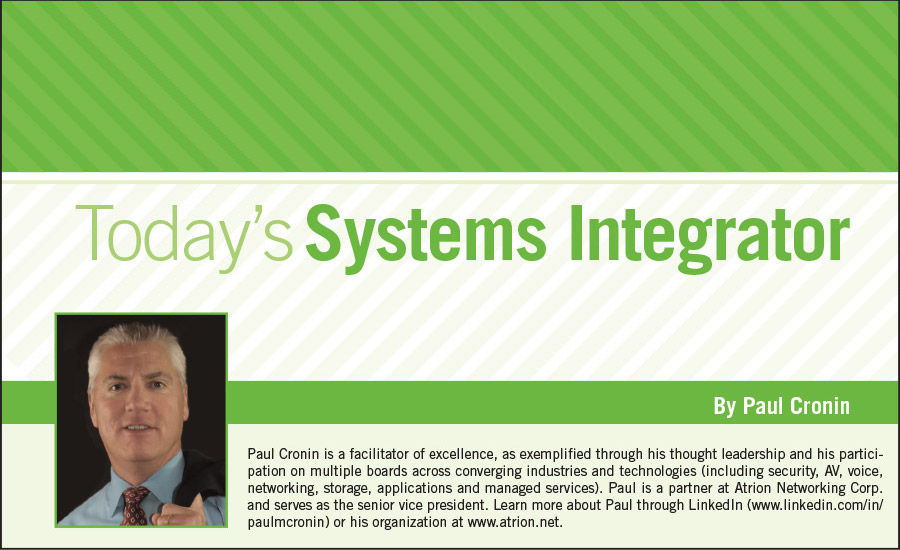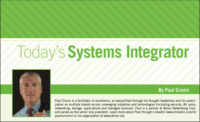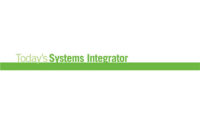At the recent ISC West Conference I had a great opportunity to moderate a SIA-sponsored educational session delivered by PSA Security titled “Cementing Customer Loyalty in Competitive Times.” The learning objective was to discover techniques for engaging customers that will create loyalty and commitment in your organizational culture that emanates to your customer.
When I asked a panelist named Sharon what is the best lesson she has gleaned from a client, it got some early chatter going in the audience.
She shared a story about one of her long-time clients who had a history of success working together and there hadn’t been any real complaints. However, on a recent deployment there was some unplanned downtime; although the client wasn’t happy, they never shared the level of their concern.
When the next opportunity came along the client selected another integrator to do the work. The client shared their discontent and stated that the new company had some different offerings. Based on the recent experience, they wanted to give someone else a try.
Now some may think this was terrible and the cost of replacing a long-time client can be very high. But instead, leadership thanked the client and turned the complaint in to a catalyst for improvement. Today’s market is so competitive and the client has so many options to buy, one chance for forgiveness is not like it used to be.
Another interesting insight came from Christine on the panel when asked, “What is the number one factor for creating the ultimate client experience in her organization?” Her response was, “That is simple; it is called culture.” Happy employees that feel empowered are so much more likely to deliver positive client interactions, she explained. Christine shared that in her organization she can tie her outstanding customer service results directly back to the success that her organization has had winning the “best places to work” designation for more than five years. She thinks it is awards like this and other similar ones that act as a compass for setting the right direction for a company to create a differentiated service model.
Christine also said that culture starts with leadership and creating the vision and purpose that employees want to be part of. So her organization spends more time in the interviewing process assessing the candidate’s customer service skills and personality traits than their technical skills. She believes that you can teach technology but it is far more difficult to transform someone in to delivering an ultimate client experience.
Some other interesting points that were made are it is OK to fire a client and not all clients need to be clients for life. There was a general consensus that companies should spend more time asking their clients and employees for help creating a differentiated client experience instead of assuming they know what it is.
Everyone shared some great stories around the question, “Who is the client?” When I asked the question I expected to hear the response related to the person buying the product or services. However based on the tenure of the panelist and nature of the way conversation had gone I wasn’t that surprised when they all said “everyone.”
One panelist commented on the importance of employees engaging with other employees is as important as employees engaging with clients. The same applies to leadership engaging with employees and clients. Another panelist noted vendors and partners should be engaged in a similar way. The panel concluded that it goes back to the culture of an organization and the importance of putting a focus on creating an “ultimate experience” at the center of all engagement no matter who it is. Who would your employee say was the client?
If you would like to learn more about how to develop a client advisory board to accelerate your business and differentiate you from your competitors reach out to me at paul@cronincorp.com or attend my sessions at PSA Tec in May.




